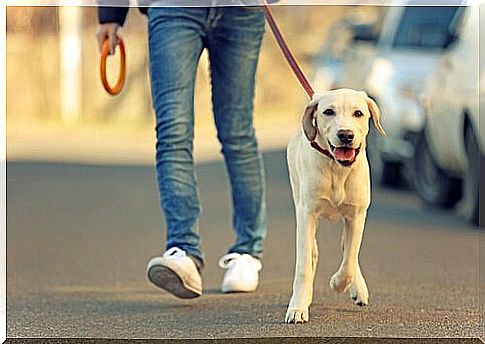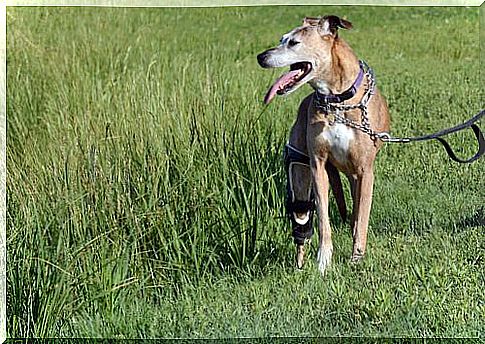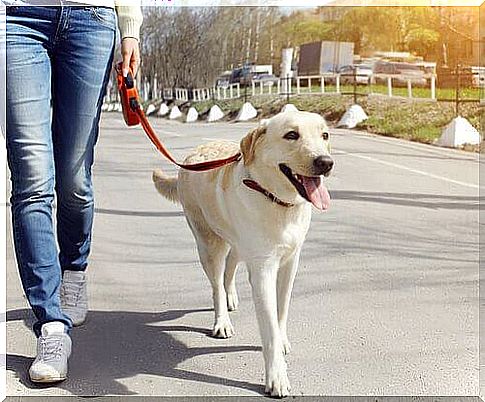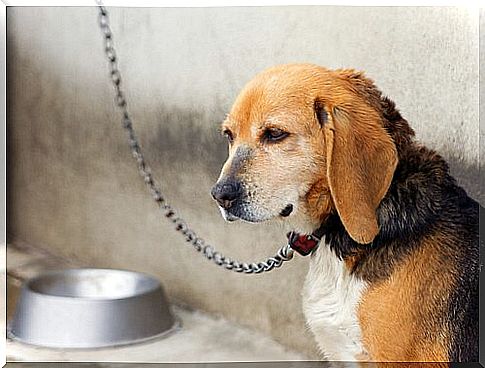Seven Types Of Dog Guides

Each of the guides for dogs has its function, but it is noteworthy that some of them can end up being a form of abuse for the dog. Anyway, the most suitable one will depend on the dog’s personality.
What types of dog guides are there
In pet stores we can find a wide variety of items to take our best friends for a walk : collars, guides, harnesses, muzzles.
To choose among the available options, we must take into account everything from the animal’s personality to its street habits.
Maybe you find different types of dog guides and you’re not sure which one to choose.
For starters, you should know that this accessory has very important functions; among them keep the animal close to you, control it on the street, educate it and protect it from dangers.
-
conventional guide

If it’s nylon, it can be used in small breeds – but very energetic – and attached directly to the animal’s collar or neck. It stretches enough to give you freedom, but not enough to lose control.
If it’s leather; in addition to the elegance and softness of the touch, it ensures more control over the animal – ideal for large breeds.
-
wire guide
It is not so common to see a dog with this type of guide, as it is a form of abuse. However, in the past, it seemed to be “fashionable” due to its effectiveness in controlling the pulls in the street.

If at first it had an effect, because the material was uncomfortable for the animal; what is certain is that over time he got used to the feeling and returned with his bad behavior. Therefore, trainers no longer use them.
-
retractable guide
Also called “ flexible ”, it is perfect for dogs that prefer to get away from their owners a little bit; because it adapts to your movements.
Recommended for medium or small breed dogs; who are very curious or restless, and who cannot stay with people for long.

The problem with these types of guides for dogs is that, in breeds like the Labrador Retriever, they will give him a lot of autonomy, making him not learn to walk correctly. If you want to use a retractable guide for a large animal, choose one that doesn’t have a lot of length.
-
metal guide
This guide has a nylon wing or collar and the rest is metallic. It is advisable for those who have puppies; for at a young age, it is common for dogs to eat or bite anything they do not like.

-
hanging guide
Although its name may seem something macabre or harmful to the animal, what is certain is that it is a very effective element when we want the dog to learn to behave. However, to be able to use this type of guide, we must take the education of the animal seriously .

-
multi-position guide
It’s one of the best options; because they have rings of different measures, in order to adjust it if we want the dog to stay close to us, or to let it looser, so that it can walk freely if there are no other animals around or we are in a quiet area.

-
halti guide
Finally, this type of guide for dogs has as its main function to teach the animal not to pull when walking. If your animal is difficult to control, a halti can be an excellent option: it is attached to the head and muzzle – similar to what you wear on horses – and it bothers you when the dog pulls hard.










